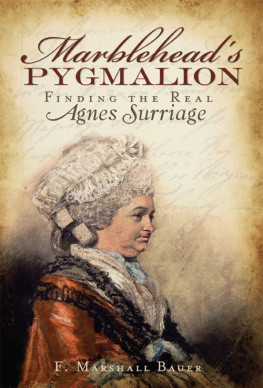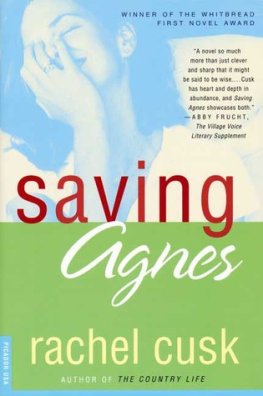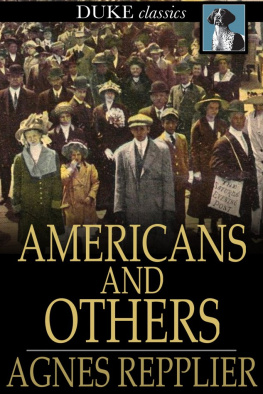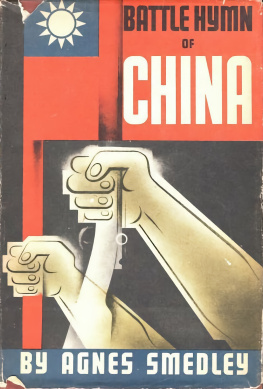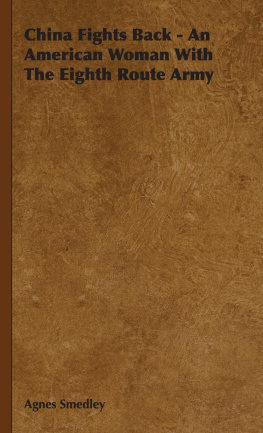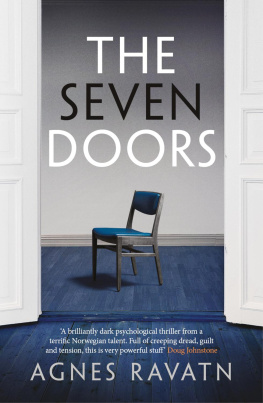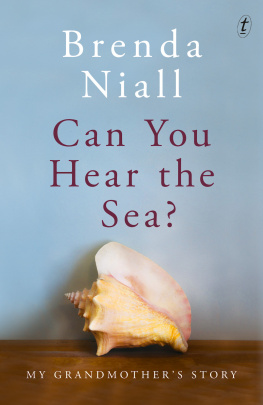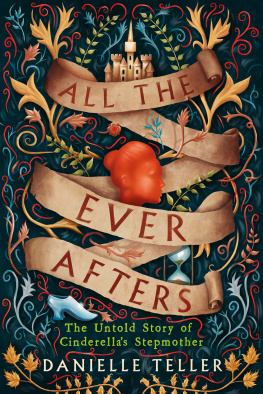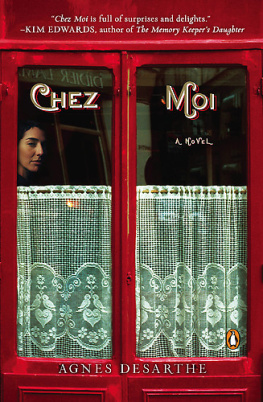F. M ARSHALL B AUER
Published by The History Press
Charleston, SC 29403
www.historypress.net
Copyright 2010 by F. Marshall Bauer
All rights reserved
First published 2010
e-book edition 2011
ISBN 978.1.61423.074.8
Library of Congress Cataloging-in-Publication Data
Bauer, F. Marshall.
Marbleheads Pygmalion : finding the real Agnes Surriage / F. Marshall Bauer.
p. cm.
Includes bibliographical references.
print edition: ISBN 978-1-60949-068-3
1. Surriage, Agnes, 1726-1783. 2. Surriage, Agnes, 1726-1783--Legends. 3. Marblehead (Mass.)--Biography. 4. Women--Massachusetts--Marblehead--Biography. 5. Social classes--Massachusetts--Marblehead--History--18th century. 6. Marblehead (Mass.)--Social life and customs--18th century. 7. Mistresses--Massachusetts--Hopkinton--Biography. 8. Surriage, Agnes 1726-1783--Marriage. 9. Frankland, Charles Henry, Sir, 1716-1768. 10. Chichester (England)--Biography. I. Title.
F74.M3B2 2010
974.402092--dc22
[B]
2010042771
Notice: The information in this book is true and complete to the best of our knowledge. It is offered without guarantee on the part of the author or The History Press. The author and The History Press disclaim all liability in connection with the use of this book.
All rights reserved. No part of this book may be reproduced or transmitted in any form whatsoever without prior written permission from the publisher except in the case of brief quotations embodied in critical articles and reviews.
For Janie and Terri
Contents
Foreword
Marshall Bauer has been fascinated by the legend of Agnes Surriage for as long as I have known him. This fascination has led him to extensive research and reflection. The result is Marbleheads Pygmalion: Finding the Real Agnes Surriage.
The legend of Agnes Surriage and Sir Harry Frankland, Marbleheads Cinderella and her Prince Charming, is well known. In this book, the story is not just retold but reinterpreted. The author has researched, examined and turned the story inside out searching for historical context and documentation. Bauer has worked to confirm, support, understand and explain the well-known tale.
His investigative approach to the romanticized true story is well done, as are his efforts to add fact to fiction. Bauers research finds interesting connections between reality and myth. He is a historical detective, and the reader follows him to both interesting conclusions and frustrating conundrums. Each answered question leads to another puzzle, as well as a deeper layer of understanding
It is both interesting and informative to follow Agnes Surriage and Harry Franklands story through Marshall Bauers research. It is admirable that Bauers interest and determination have led to real facts and insights. Marbleheads Pygmalion is a valuable addition to both legend and fact of life in colonial America.
Pam Peterson, Director, Marblehead Museum and Historical Society
Acknowledgements
Every author of nonfiction history should have a woman like Libby Franck as a friend. A professional storyteller, Libby is a library science graduate of Wellesley and Simmons Colleges. She has a keen sense of history as drama and an ability to spot significant detail. Over the past ten years, she has helped me dig historical dust out of the nooks and crannies of old books, newspapers and museum documents.
The influence and support of a skilled journalistmy pal, literary sounding board and valued colleague Francie Kingrecharged my creative batteries during those fearsome moments of writers block.
Pam Peterson and Karen Mac Innis, of the Marblehead Museum and Historical Society, have been silent partners to virtually every researcher, author and actor involved in a project dealing with Marblehead history. Their help with Ashley Bowens journal and the Second Church records, in addition to a willingness to donate their valuable time and knowledge of eighteenth-century Marblehead, provided invaluable guidance in my search for the truth.
From its vast collection of documents, the Massachusetts Historical Society supplied a wealth of material. I am especially indebted to Elaine Grublin, reference librarian, for the rare opportunity to examine and photograph the original copy of Sir Charles Henry Franklands diary.
Many organizations in England have been instrumental in helping me reconstruct Agness life: the British Library, the Yorkshire Archaeological Society, the Nottinghamshire Archives, the British Museum and the Chichester City Council. I am particularly grateful to Simon Martin, director of Pallent House Gallery in Chichester, for his photograph of the only known Agnes Surriage portrait, and to Anne Scicluna, Chichester historian, for her photograph of Lady Franklands house.
I NTRODUCTION
The Other Woman
Agnes Surriage has been a part of my daily life since November 1, 1973, when my late wife, Jane, and I moved from Pennsylvania to our new home at the site where the Fountain Inn stood in 1741. Every time I make the right-hand turn from Orne Street onto Fountain Inn Lane, I pass a huge historical marker that encapsulatesin just forty-three wordstwo fascinating and eventful lives lived over a combined span of sixty-seven years:
Agnes Surriage Well
Belonging to the Fountain Inn,
Where Sir Harry Frankland,
Collector of the Port of Boston,
While supervising the erection
Of Fort Sewall met Agnes,
A poor fishermans daughter who
Later became Lady Frankland
And returned with her husband to England.
My southwest windows face the Agnes Surriage well, where Charles Henry Frankland is said to have first laid eyes on the adolescent barmaid. I climb down to the waters edge on the same granite boulders she trod in her bare feet. Her story is inescapable. I literally live at its wellspring.
Legends have always awakened my skepticism. They are like the parlor game in which A whispers a story in the ear of B, who then passes it down the line. By the time it gets to G, the original is distorted beyond recognition. Substitute generations for alphabetized people and you have the evolution of a legend. According to Pam Peterson, director of the Marblehead Museum and Historical Society, Myths and legends can be and are edited all the time.
For some reason, I was immediately annoyed by the signs truncated version of the Agnes Surriage legend. The limitations of space are understandable, but it opened huge gaps. Under what conditions would a highborn Englishman meet a dirt-poor fishermans daughter? Why would he cross the rigid class barriers of the eighteenth century to marry her? Exactly what happened between met Agnes and returned with her husband to England?
My research instincts kicked in. I read all of the Agnes Surriage poems, novels and magazine articles I could get my hands on. There have been plenty: Agnes, Oliver Wendell Holmess 1861 epic poem; a biography, Sir Charles Henry Frankland, Baronet, by Elias Nason in 1865; the 1910 romance novel Agnes Surriage, by Edwin Lassetter Byner; Lady Good-for-Nothing, a fictional romance also penned in 1910, by Arthur T. Quiller-Couch; and Yankee Cinderella, published in 1996. Her story has been repeated over and over in magazines and countless anthologies of New England lore.

